 Author: Jelena Milošević (Social Inclusion Blog)
Author: Jelena Milošević (Social Inclusion Blog)
As much as we would like to postpone it, there comes a time in our lives when we have to apply for a new passport and identity card. They say that the procedure is now computerised, networked, simplified. However, my recent experience has proved that it is not exactly like that for everyone. (…)
I chose an accessible police station relatively close to where I lived and managed to arrange accessible transportation for both ways, which remains one of the greatest obstacles to everyday life of persons with disabilities in Belgrade.
I was delighted when they called my name only about ten minutes after the scheduled time and I walked into the office for submission of applications with sheer enthusiasm. I took an untroubled glance at the photo booth, which was definitely too small for me to get inside. Untroubled, because someone on the phone told me that I could bring my photos with me and that everything would be all right.
Indeed, I was all right, but only after almost three hours spent at the station wasting my time and the time of the clerk, who was admittedly professional. Meanwhile, everybody else finished their business in only about fifteen minutes. So much for equality.
The clerk first decisively rejected the photos that I brought with me. Then, when I explained that I could not fit inside the booth as it was too small and asked whether she could take the camera out and take the photos outside of the booth, she gave an authoritative answer – ‘No’.
I agreed with her proposal to finish the paperwork first. I assumed it would be the easier part. She completed her part of the job neatly and efficiently, and then it was my turn – to sign the application and do a fingerprint scan. However, we got stuck again. Those devices are attached to the computer with very short cables, while my posture in the wheelchair was reclined sitting (owing to the nature of my disability) and I could not lean forward to reach them. I could barely reach the table, which was also fixed in its place. So, we had to make the device ‘reach out’ towards me somehow.
After various manoeuvres with the wheelchair, I managed to position myself at a certain angle, while we stretched the cables to the limit towards my right hand so that I could sign the application and scan my fingerprints, fearful that the taut cable might unplug. That would really take the trouble to the next level.
Soon after, we were back to photo taking. The clerk, who had by that point realised that we would solve any problem if we joined efforts, decided to try and upload the photo that I had brought with me. She really did her best, but the system would not accept it, period. Then her superior officer came in and, intrigued by the whole affair, began examining how the camera was fixed to its mount. If somebody could fix it there, it was logical to assume that it could be unfixed. With a bit of patience, skill and resourcefulness, they managed to take it off. It was still connected to the computer with another short cable, so it was not entirely loose, but it was long enough to turn it towards me and take photos from an unusual angle, with a bit of wrist twisting. (…)
Of course, it is true that there are many more people who are able to fit inside the photo booth than those that are not, like me, but we are also citizens of this country. We must have personal documents; therefore, the conditions for obtaining them must also be ensured. (…)
The text in its entirety can be found on the Social Inclusion Blog.
 Government of the Republic of Serbia
Government of the Republic of Serbia




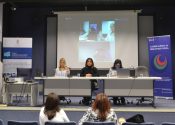
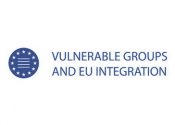

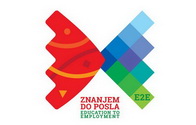
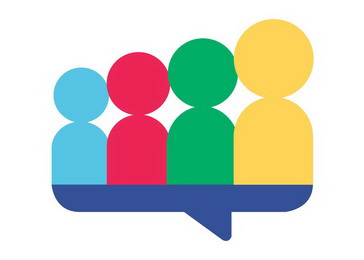
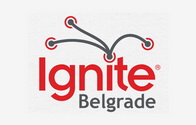
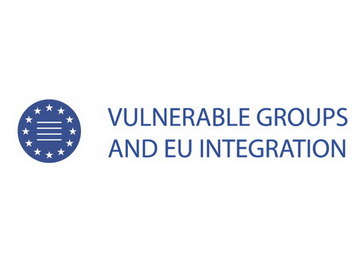
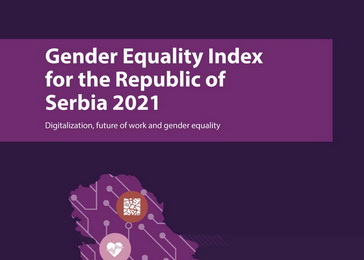
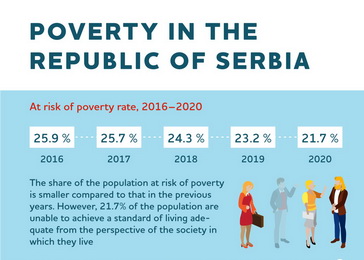

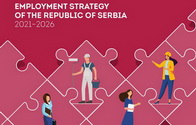
 pdf [271 KB]
pdf [271 KB]
Leave a Comment